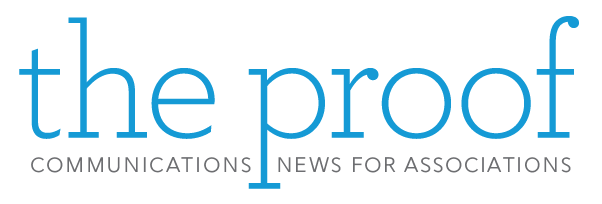Did you know that O.K. was originally an acronym for “oll korrect,” a popular misspelling of “all correct”?

The term first appeared in The Boston Globe in March 1839, then worked its way into everyday language. The simple acronym has been used in a variety of ways: O.K., OK, ok and okay. The AP Stylebook identifies “OK” as the appropriate use. Even with this guidance, it is still a tricky subject when editing for an association publication when different people prefer different acronyms. One editor says his preference for ok is based on a variety of factors, including less ink required!
In another article, 43 commonly made mistakes are listed. In many cases, the terms are so frequently used that it is easy to overlook them when copyediting:
- First-come, first serve. It should be “served.” Otherwise, the statement implies the first one who arrives will serve everyone else.
- Irregardless. This is not a word. It should be “regardless.”
- “I” as the last word in a sentence. This is a common mistake. Make sure you have it right by taking the other person’s name out of the sentence to see if the personal pronoun is correct. Example: “Jane talked with Bob and I” versus “Jane talked with I.”
- “Me” as the first word in a sentence. “Me and Bob met for coffee” versus “Bob and I met for coffee.”
- Tow the line. To “toe the line” means to follow the rules. It comes from runners who put their toe to the line before running a race.
- Overuse of “literally.” Some people throw this word around as an embellishment to intensify whatever they’re trying to say. But “literally” means “actually” or “in a strict sense.” So, if you say, “My head literally exploded,” you are lying.
To see the other 37 common mistakes, go to “43 Embarrassing Grammar Mistakes that Even Smart People Make.”








